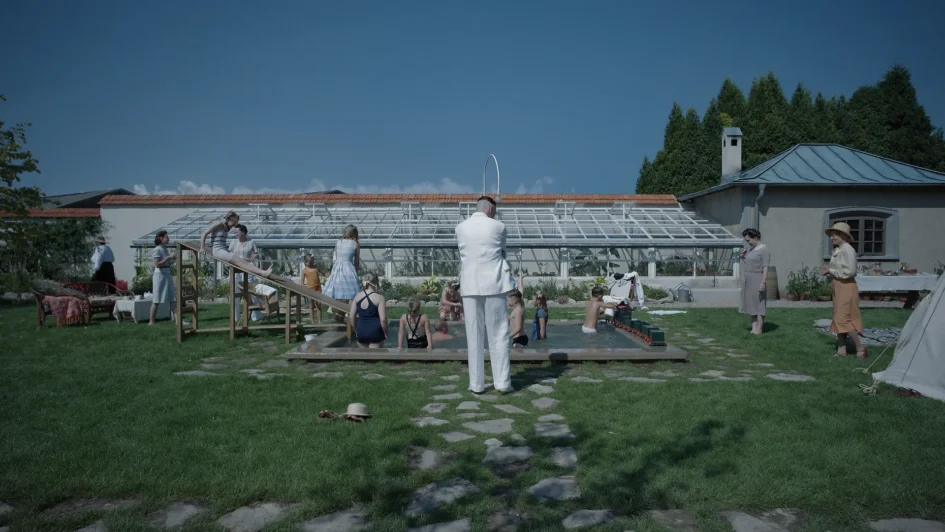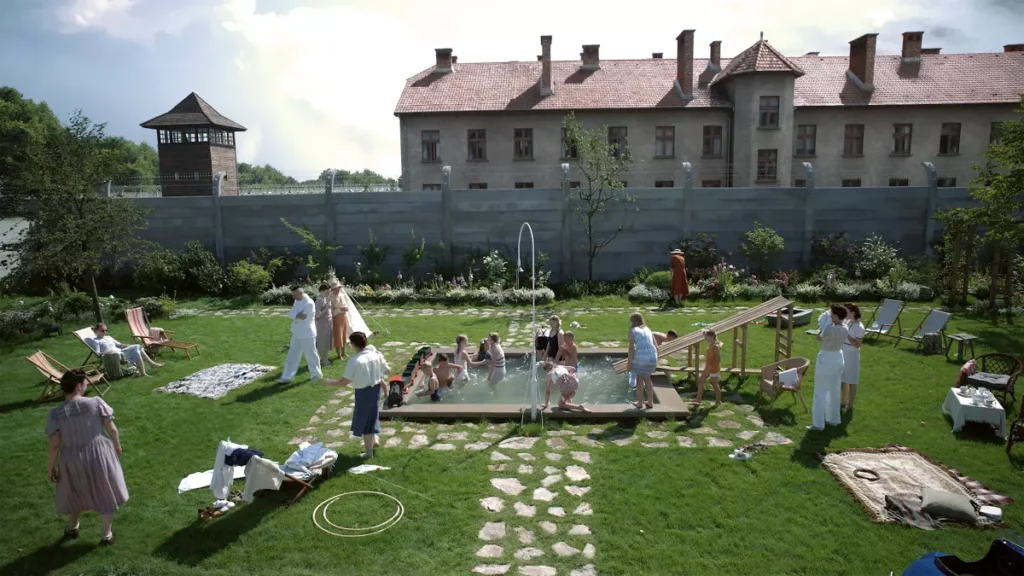Movies serve as a means of escapism, offering a temporary respite from the demands of reality. They allow me to suspend the real world for a few hours and immerse myself in alternate realms. I find a particular allure in the narratives presented by science fiction and horror genres, as they often transport me to worlds so distant from reality that I can wholeheartedly engage with their storylines without the constraints of everyday life.
However, when I venture beyond this cinematic comfort zone and explore films rooted in tragic historical events, the experience is markedly different. The escapism I crave becomes elusive. Movies depicting the deliberate horrors inflicted by humanity upon itself, whether it be the dark chapters of the slave trade or the more contemporary war and terrorism, have a profound impact on me. In these instances, the boundary between fiction and historical fact blurs, subjecting my emotions to a rigorous test.
The A24 Films production, The Zone of Interest, stands as a recent instance of a historically grounded film that left its impact on me. Set against the backdrop of World War II in Germany, the narrative unfolds near Auschwitz. Commandant Rudolf (Christian Friedel), who oversees the concentration camp, resides in a comfortable adjacent residence, alongside his wife, Hedwig (Sandra Hüller), and their children. When Rudolf is called to Berlin for a mission, his family remains in their home, seemingly unperturbed by the atrocities transpiring within earshot.
In my reviews, I typically give more attention to summarizing the films I choose to watch. However, The Zone of Interest presents a straightforward concept. Unlike other movies that delve into the horrifying aspects of the Holocaust, such as Schindler’s List and The Boy in the Striped Pajamas, this film centers exclusively on the Höss family and their life outside Auschwitz. The audience is never taken inside the prison; instead, the cameras focus on the walls of the cell blocks and the ominous smoke rising from the incinerators. The emotional distress arises from the awareness of what those buildings contain and the significance of the billowing black smoke.
Zone’s potency is significantly enhanced by its sound engineering. Sound designer Johnnie Burn undertook extensive research on Auschwitz, gathering more than 600 pages of information from witness testimonies. Utilizing this wealth of data, Burn meticulously mapped out the locations within the prison camp where these events would have unfolded, which allowed his team to precisely determine the spatial relationship between the Höss home and the soundscape of Auschwitz.
With a comprehensive library of sounds, encompassing gunfire, machinery, furnaces and the anguished cries of humans, the team seamlessly integrated these elements into the film. The result is a profoundly unsettling experience where the sounds of death permeate scenes depicting a family enjoying their time together. To fully appreciate this auditory dimension, it is highly recommended to experience the film with a high-quality sound system. It was the auditory assault that truly unnerved me, and it is the reason The Zone of Interest will stick with me on an emotional level for some time.
The Zone of Interest is poised to attract significant critical attention, yet I doubt it will resonate widely with the general public. The film carries profound undertones, and for some, it may even be interpreted as a commentary on the current political climate. However, I can’t envision a scenario where I’d reach out to my friends and suggest watching a movie centered around the head of the most infamous concentration camp in history, detailing his leisure activities like swimming with his kids, while his wife tends to her garden. And I honestly think that would be the same for a vast majority of other movie watchers.
I rate The Zone of Interest three out of five stars. As a cinephile, I was deeply affected by the skillful juxtaposition of on-screen visuals with the predominantly subtle background media. Director Jonathan Glazer opted not to explicitly depict the horrifying scenes inside Auschwitz, relying on minute visual and auditory cues to evoke an awareness of the atrocities.
This film unfolds not just on the screen, but also within the audience’s imagination. While it may not cater to a broad audience, which is a notable drawback for this A24 production, it remains a compelling choice for those intrigued by the Holocaust or seeking a unique audio experience.

